Development of renewable energy in my country
Continuously achieve new breakthroughs
In the Bohai Sea, construction of an offshore photovoltaic project with a million-kilowatt installed capacity has started recently. More than a dozen construction ships are laying more than 2 million photovoltaic panels on nearly 20,000 acres of sea surface. After completion, on-board power generation and under-board breeding will be realized., the annual power generation is expected to reach 1.78 billion kWh, and the annual income of fishery farming will exceed 27 million yuan.

inXizangNagqu, on the Qinghai-Tibet Plateau with an average altitude of more than 5000 meters, the Jicuo 100-megawatt wind power and energy storage integrated project has started construction, and 18 wind turbines have been completed and put into operation, capable of generating about 237 million kilowatt-hours per year.XizangThe northern region provides more reliable clean electricity.
In the first half of this year, renewable energy power generation investment accounted for more than 70% of the power investment of key enterprises surveyed nationwide.

Yang Kun, Executive Vice Chairman of the China Electric Power Council: As of the end of June this year, renewable energy installed capacity accounted for 53.8% of the country's total power generation installed capacity, an increase of 4.7 percentage points over the same period last year. The power supply structure continues to be optimized.
While the scale of renewable energy continues to expand, new technologies and new models continue to emerge, and the pace of construction of my country's new power system has been significantly accelerated.
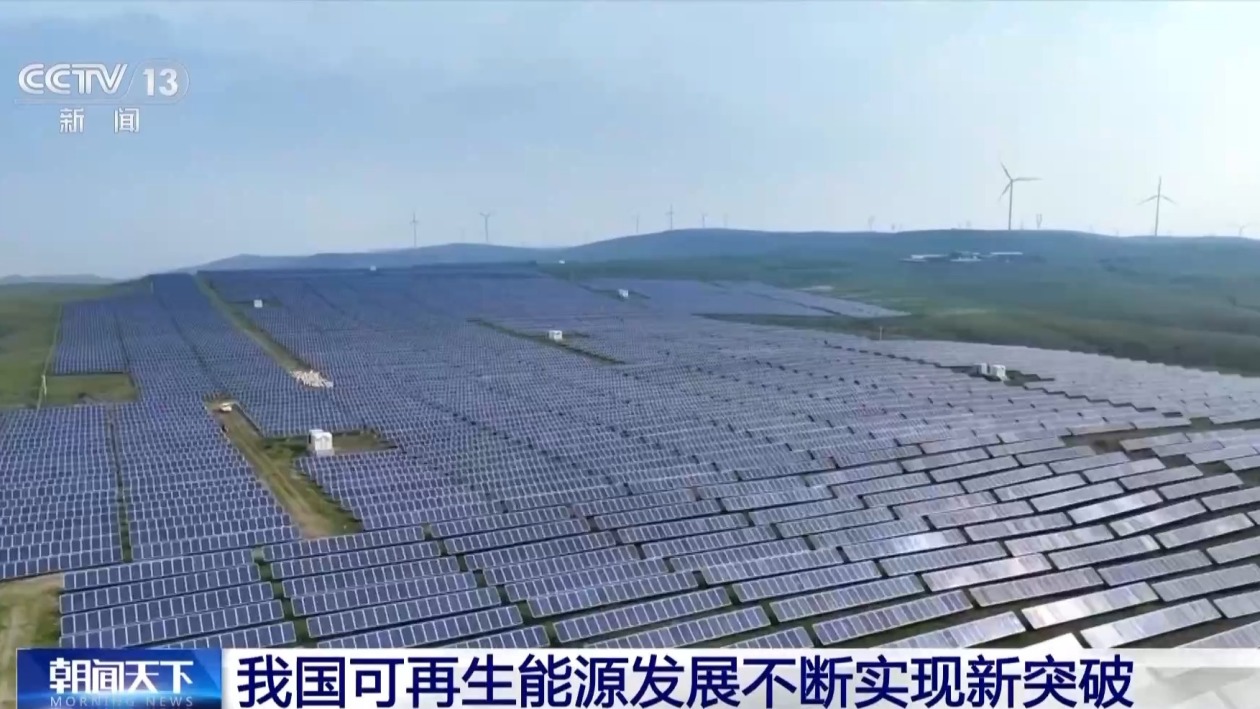
In Inner Mongolia, the country's largest integrated demonstration project of wind, light and storage has recently been connected to the grid for power generation. Relying on integrated intelligent regulation and control technology, it can effectively compensate for problems such as large fluctuations and strong intervals in new energy.
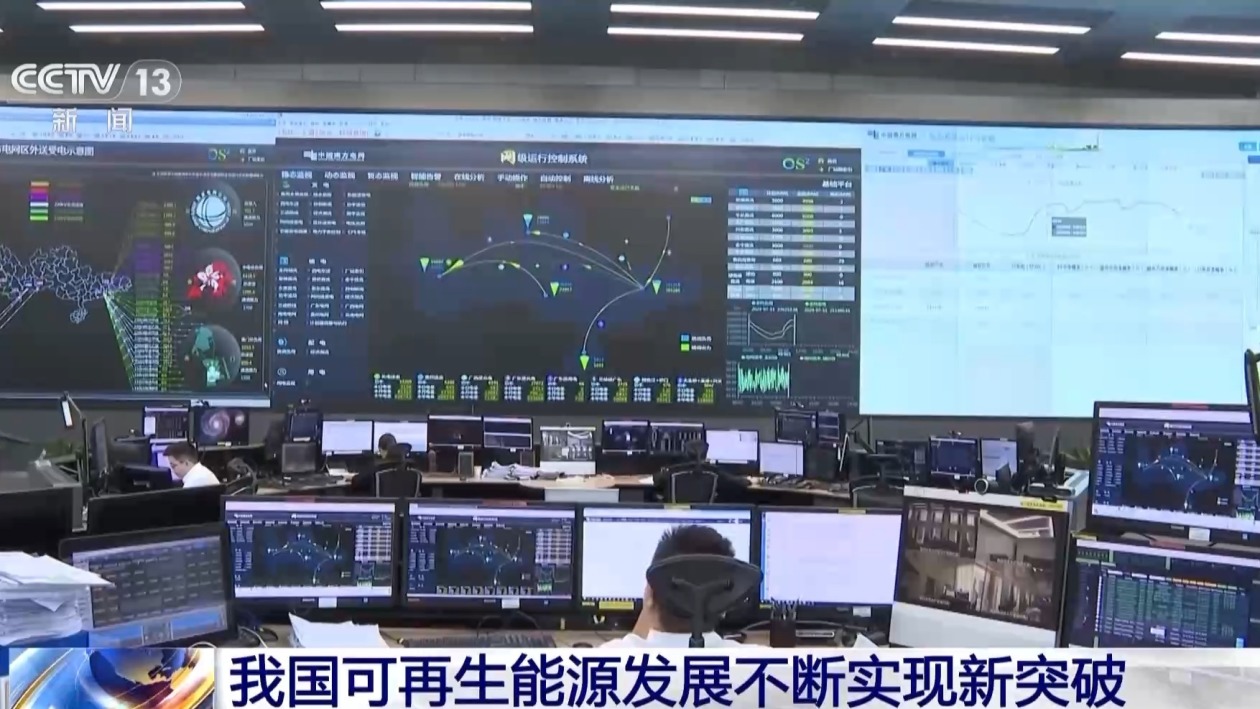
In five southern provinces and regions such as Guangdong and Yunnan, the artificial intelligence load forecasting system developed by China Southern Power Grid automatically calculates the power load of provinces and cities in the next 10 days through more than 30 artificial intelligence algorithms, providing accurate predictions for power dispatch.

Li Peng, senior manager of the Method Department of China Southern Power Grid Power Dispatching Control Center: Artificial intelligence AI is more than 10 times more efficient than traditional load prediction based on manual experience. We can arrange various regulatory resources, including new energy and pumped storage, earlier and more proactively.
In the first half of this year, more than 80% of the country's new power generation came from renewable energy. At present, the proportion of renewable energy power generation in my country has increased from 32% at the end of 2023 to 35.1%.
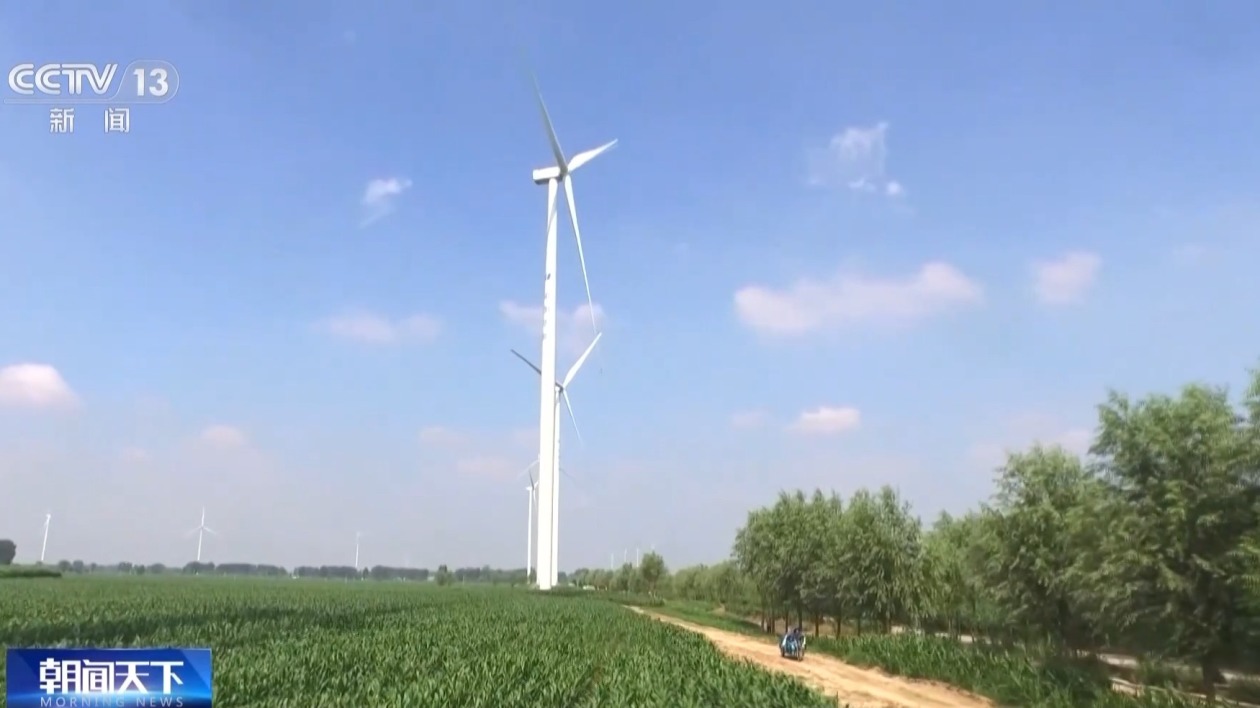
The National Energy Administration stated that in the next step, my country will continue to adhere to the simultaneous development of centralized and distributed systems, paying equal attention to land and sea, achieving complementary coordination of multiple renewable energy sources, and accelerating the green and low-carbon transformation of energy and power.
The world's first set of high-temperature offshore flue gas waste heat
Delivery of power generation equipment
According to CNOOC, the world's first 5-megawatt offshore high-temperature flue gas waste heat power generation unit was completed and delivered in Tianjin, marking a major breakthrough in the utilization of flue gas waste heat in offshore oil and gas field power stations and promoting green and low-carbon development in offshore oil and gas fields under the "double carbon" goal.
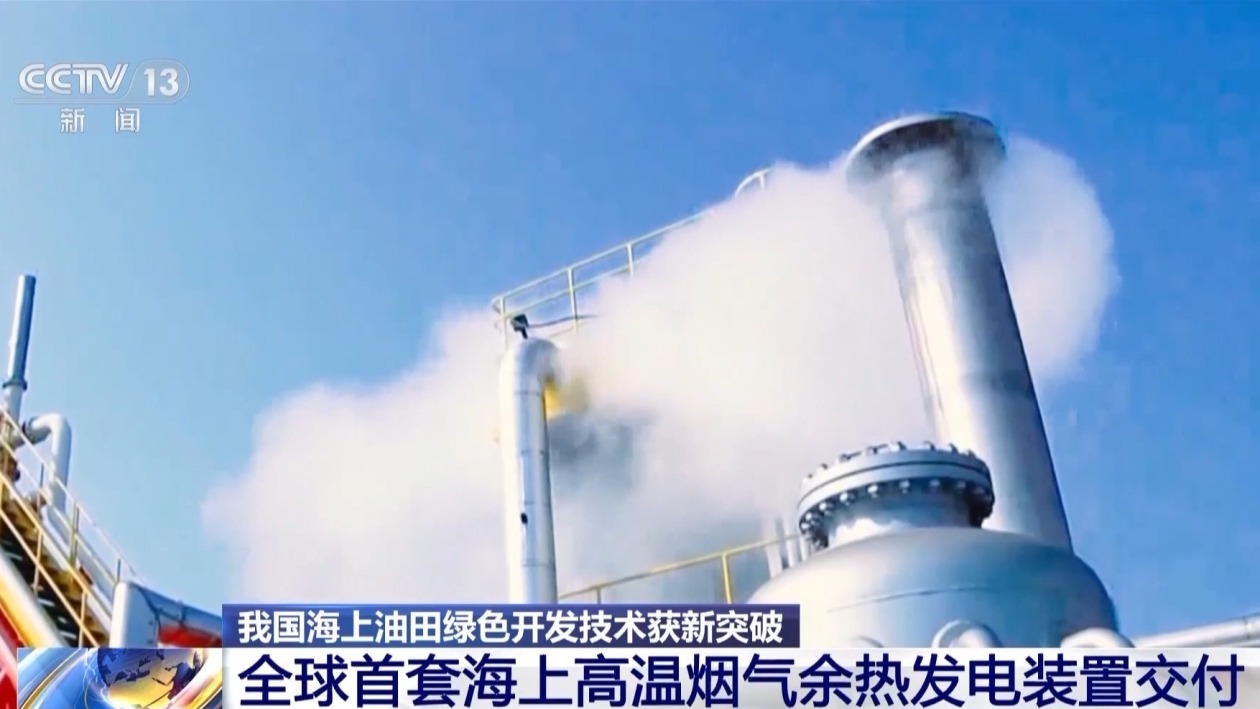
The power station is the "heart" of offshore platforms. It generally provides electricity through the combustion of oil and gas produced on the platform. However, during this process, a large amount of high-temperature smoke is emitted, becoming one of the main sources of carbon emissions from offshore oil and gas development. This waste heat power generation device uses the high-temperature flue gas waste heat generated by the operation of the power station as a heat source to generate electricity, directly converting waste heat energy into clean electricity. Staff told reporters that compared with traditional flue gas combustion emissions, the waste heat utilization potential of power stations equipped with high-temperature flue gas waste heat power generation devices will increase to 60%-70%.

An Weizheng, chief engineer of electromechanical instruments at the Engineering Research and Design Institute of CNOOC Research Institute: After the power generation device is applied, it will realize comprehensive utilization of flue gas waste heat from the main power station in offshore oil and gas fields, and the comprehensive energy efficiency is expected to increase by 7%, thereby saving crude oil and natural gas in offshore oil and gas fields. Consumption. It is estimated that after the device is put into use, it can reach an annual power generation capacity of 40 million kilowatt-hours, which is enough to supply the annual demand of 30,000 households.
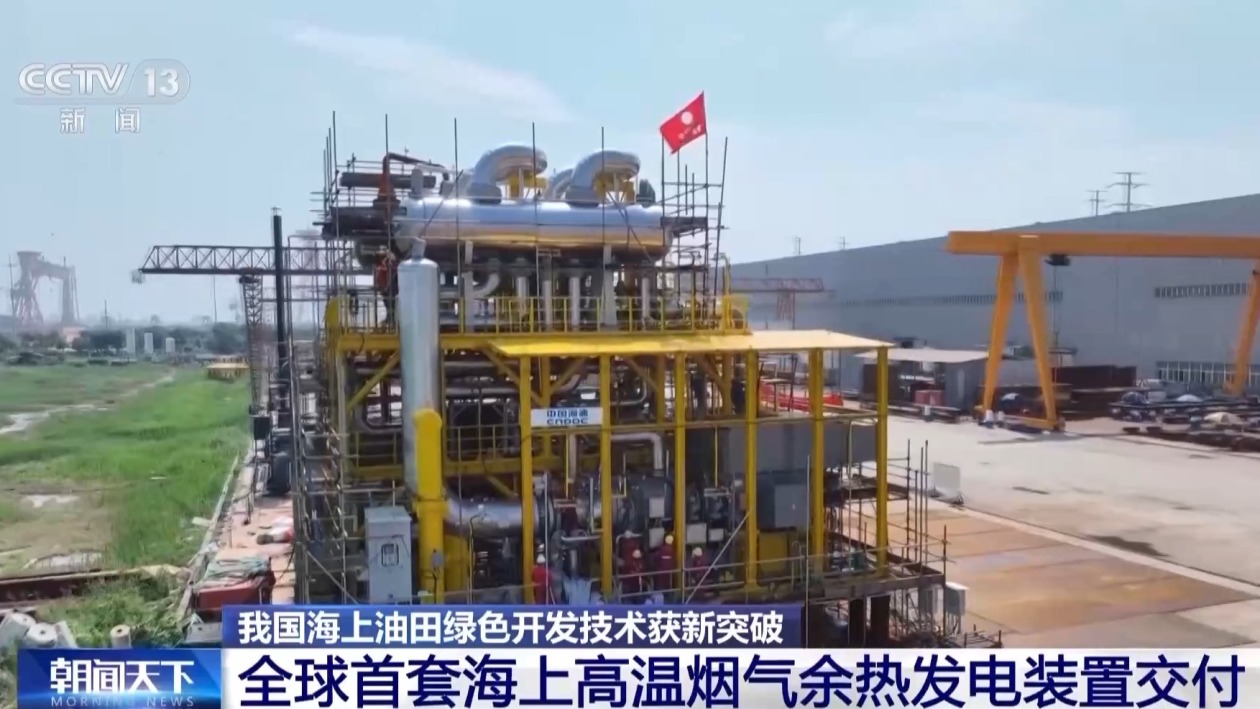
It is understood that there have been no successful precedents in the offshore application of high temperature waste heat at home and abroad. The delivery of this device fills an important technical gap in offshore oil and gas development. It is estimated that 20 years of use can save about 300 million cubic meters of natural gas consumption and reduce carbon dioxide emissions by about 800,000 tons, equivalent to afforestation of 7.5 million trees, providing strong support for carbon emission reduction and carbon neutrality goals in offshore oil and gas fields.
What is industrial heat pollution?
This technology sounds a little difficult to understand. In fact, simply speaking, it is the same as the high-temperature soot produced by us when cooking. This waste heat is called thermal pollution in the industry. Like the steel mills, coking plants, glass factories, etc. we usually know, these high-energy-consuming enterprises emit a large amount of waste heat every year. They are not only the main source of heat pollution in my country, but also the main factor causing global warming. one. If my country wants to achieve the goal of carbon peak and carbon neutrality, reducing these waste heat pollution is a must-do "homework".
Just a few days ago, the country issued the "Opinions on Accelerating the Comprehensive Green Transformation of Economic and Social Development", which systematically deployed comprehensive green transformation for the first time. Among them, it is clearly required to vigorously promote the green and low-carbon transformation of steel, petrochemical and other industries, promote energy-saving, low-carbon and clean production technology and equipment, and promote the renewal and upgrading of process processes. The commissioning of offshore waste heat power generation units this time marks that my country has formed a complete green and low-carbon production system in offshore oil and gas development.
my country's offshore oil and gas development
The formation of a green production system is accelerating
On the picture is the scene where my country's largest offshore and onshore power application project successfully delivered power not long ago. To put it simply, offshore platforms no longer need to generate electricity by themselves, but continuously transmit electricity from land to offshore production platforms through cables. In this way, the carbon emissions of offshore oil and gas platforms will be greatly reduced. At present, my country uses more green and low-carbon technologies in offshore oil and gas platforms.
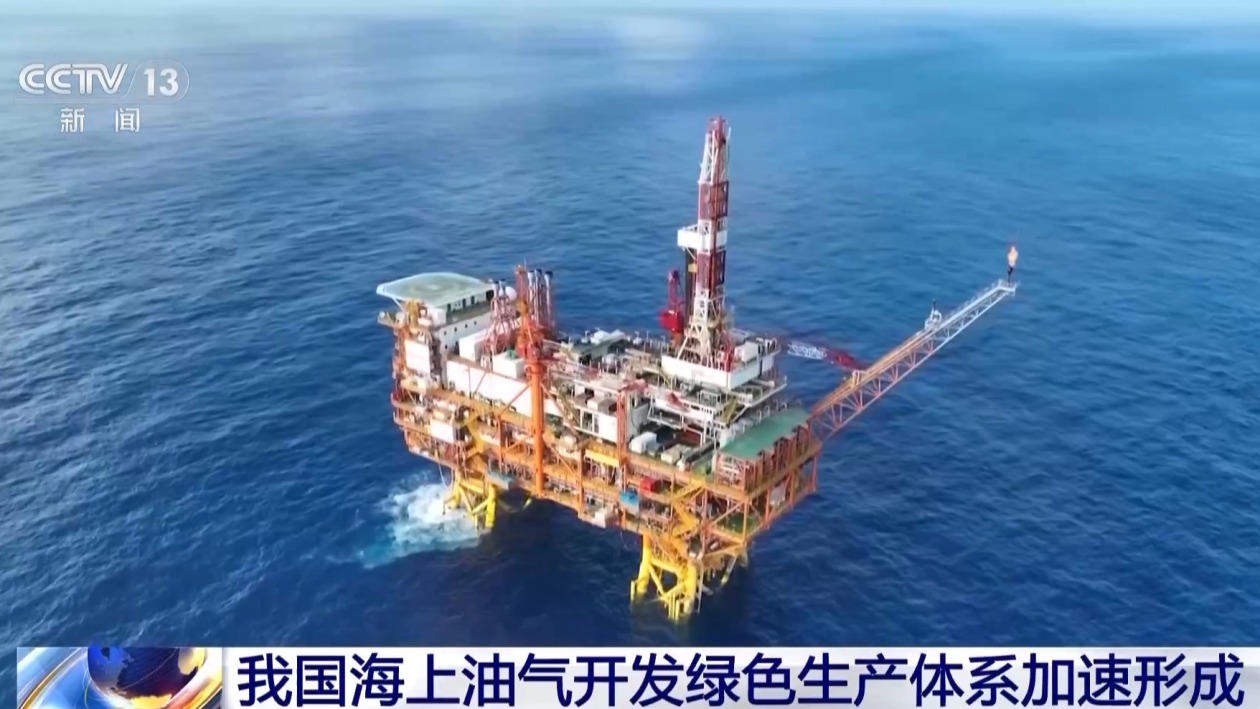
This is my country's first million-ton carbon dioxide storage project at sea. Their role is to collect carbon dioxide generated during the production process of offshore platforms and store it deep on the seabed to reduce carbon emissions.

This is my country's first far-reaching sea-floating wind power platform. The electricity they generate is directly provided to offshore oil and gas platforms, with the purpose of reducing carbon emissions.
This waste heat utilization technology provides a more efficient and environmentally friendly solution for energy conservation and carbon reduction in offshore oil and gas fields. While improving the comprehensive energy utilization efficiency, it has also upgraded the energy structure of offshore oil and gas platforms.
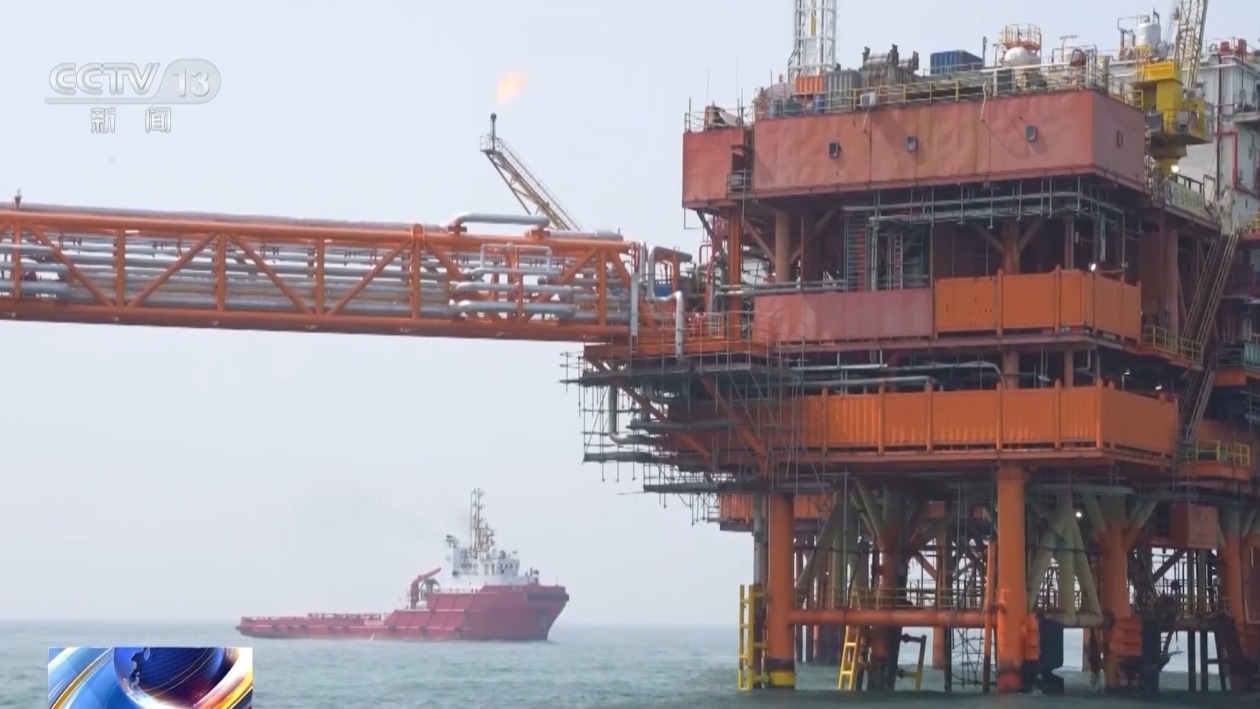
During the interview, the reporter learned that future waste heat utilization technology has great potential to be promoted at sea and is an important way for my country's offshore oil and gas industry to solve energy pressure and environmental protection problems. At the same time, with the in-depth development of such technologies, system solutions for the utilization of residual energy in offshore oil and gas development can be comprehensively formed. The implementation of these projects will vigorously promote green and low-carbon production of offshore oil and gas, achieve efficient development and utilization of my country's energy and sustainable development of the industry.
(CCTV reporters Zhu Jiang and Zhang Wei)







